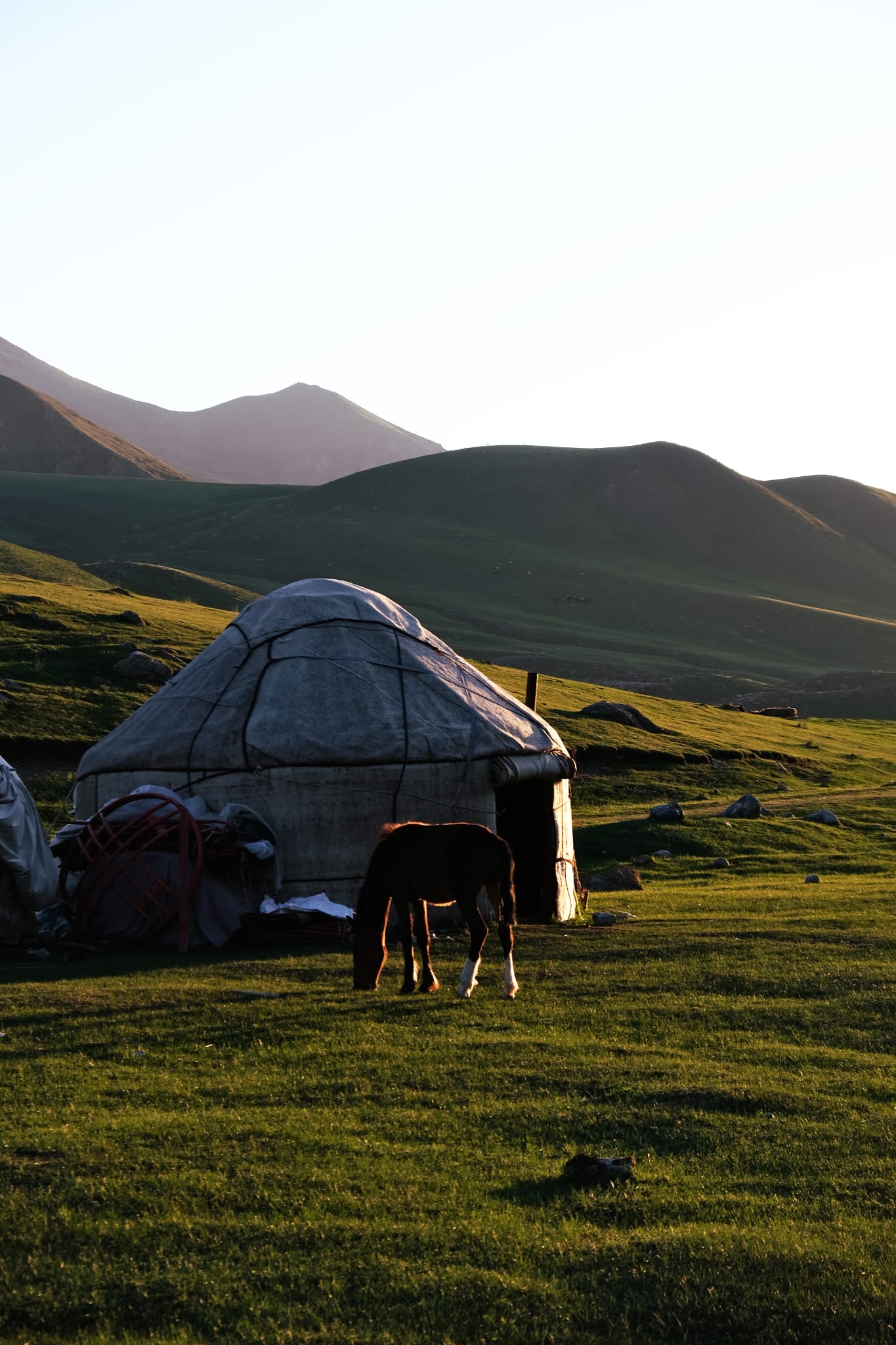
$80.00
Trekking tour to the scenic lake Kol-Ukok / 2 days
Trekking
Located just beyond the heart of Cholpon-Ata, the open-air museum of petroglyphs stands as a captivating spectacle, spanning 42 hectares of historical allure. Stone circles, tombs, balbals, and an array of mesmerizing petroglyphs adorn this vast expanse, with origins tracing back from the 2nd millennium BCE to the 4th century AD.
Believed to have once served as an open-air temple, this site resonates with echoes of ancient worship, where the sun and celestial entities held sway. The stones themselves narrate tales of wildlife, featuring majestic creatures like snow leopards and deer. A particularly intriguing tableau near the entrance portrays hunters in pursuit of deer, accompanied by the companionship of domesticated snow leopards—an unusual depiction within Central Asian petroglyphs. Motion-filled renderings of snow leopards, a rarity in this artistic tradition, and images of the sun and chariots racing across rocky canvases further enrich the site's narrative.
As time unfolded, the artistry of stone inscriptions gradually waned with the advent of Islam in Central Asia, imposing restrictions on depictions of animals and humanity. Nonetheless, the enduring legacy of these petroglyphs persists, weaving itself into the very fabric of traditional arts and crafts. Elements of the ancient carvings, displaying different facets of animals such as horns, wings, and claws, endure in contemporary creations like shyrdaks (Kyrgyz felt carpets).
While other collections of petroglyphs grace the foothills of the Kungey Ala-Too Mountains, spanning the northern expanse between Kyrgyzstan and Kazakhstan, the Stone Garden emerges as the most accessible and meticulously preserved site. Yet, the passage of time and the influx of eager visitors have left their mark on the site, prompting recent, albeit controversial, attempts at preservation. Concerns linger over the potential damage inflicted by the chemicals employed in restoring these artifacts, underscoring the delicate balance between conservation and the safeguarding of historical treasures.
The Burana Tower, soaring proudly against the backdrop of the Tian Shan mountains, is all that remains of the ancient city of Balasagyn, which once thrived along the Silk Road. Constructed in the 11th century, the tower originally stood at a towering height, serving both as a minaret for the adjacent mosque and as a symbol of the city's prominence.